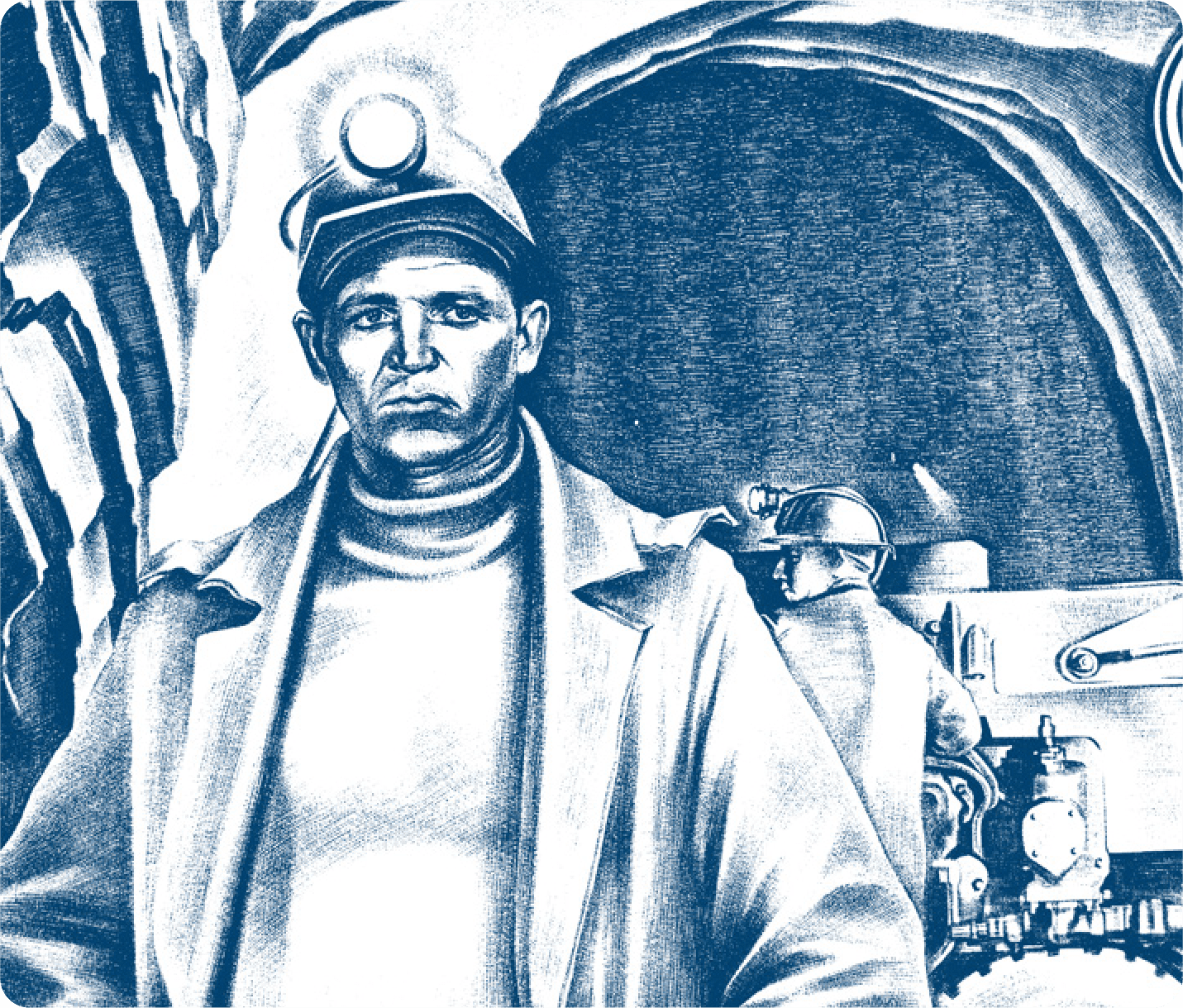Identification and assessment of human rights risks and impacts
CHRB B.1.3In 2023, Nornickel continued identifying and assessing risks and impacts on human rights. Following a preliminary assessment completed in 2022,For more details on the preliminary assessment conducted in 2022, please see Norilsk Nickel Group’s 2022 Human Rights Report. the Company conducted an in‑depth analysis of human rights risks and impacts based on complaints and reports received by the Corporate Trust Line. For the purposes of the assessment, the Company used the methodology of the Danish Institute for Human Rights (as recommended by IRMA).For more details on the Danish Institute for Human Rights, please see the its official website.
The general approach to identifying risks involved analysing complaints and reports received, classifying these by topic, and pinpointing rights violated.
Approach to identifying risks of human rights violations
In 2023, to standardise the approach to analysing complaints and reports, the Company developed guidelines for a classifier to identify risks of human rights violations, including a description of human rights and, for each right, a list of categories and subcategories of events involving human rights violations. The incoming information is used for identifying, assessing and mitigating human rights risks.
CHRB B.2.1, B.2.2The analysis helped map out and prioritise human rights within the GroupNornickel employees. with a breakdown by operations, including the right to health, safe working conditions, protection from forced labour, and fair and decent remuneration.
Human rights risks in the mineral supply chain are identified through supplier due diligence as part of the Group's mineral supply chain due diligence management system. In the reporting period, due diligence identified no risks. For a detailed description of Nornickel’s approach to building a responsible supply chain, please see the Responsible Supply Chain Report.
The list of the Company's key risks includes human rights risks. To mitigate these, Nornickel continuously monitors and controls observance of human rights at every stage of its operations.
The Company assesses risks and impacts of human rights violations, monitors and controls observance of human rights based on the following guidelines and best practices:
- UN Guiding Principles on Business and Human Rights, 2011;www.ohchr.org
- The Corporate Responsibility to Respect Human Rights: An Interpretive Guide, UNDP, 2012;The Corporate Responsibility to Respect Human Rights | United Nations iLibrary (un-ilibrary.org)
- Human Rights Impact Assessment Guidance and Toolbox, Danish Institute for Human Rights, 2020.www.humanrights.dk
Safety culture transformation project
Since 2022, the Company’s employees have been involved in identifying risks associated with occupational health and safety. In 2023, Nornickel implemented a unified incentive system for identifying such risks, depending on employee involvement in risk management:
